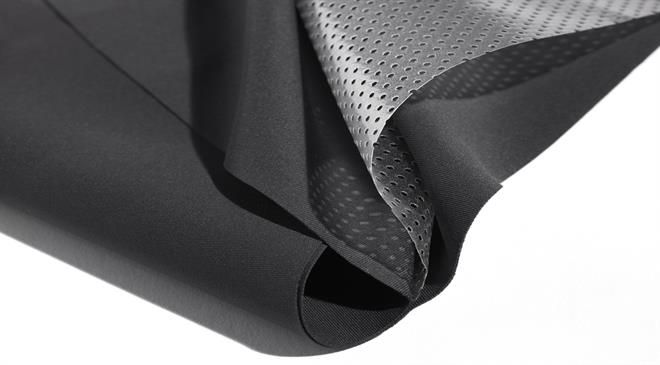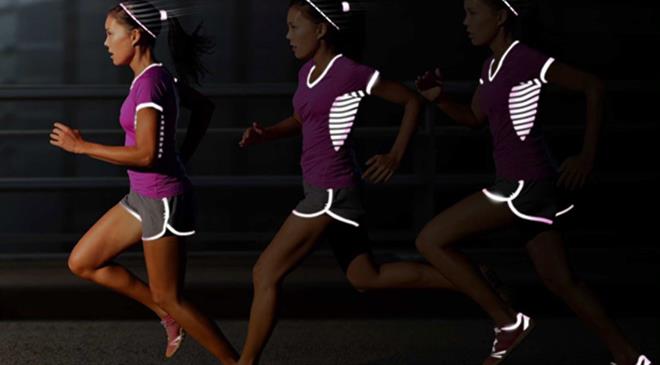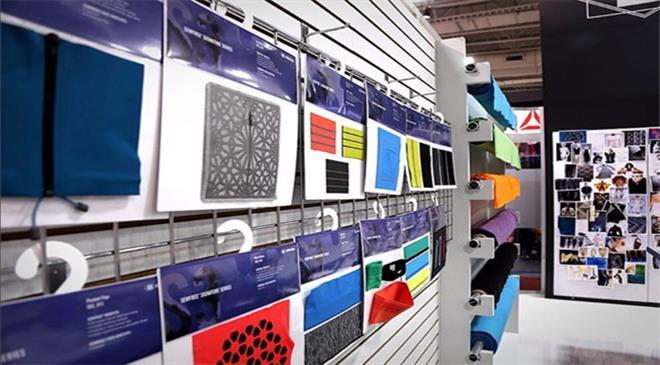Apparel contributes to nearly two-thirds of our revenue
Bemis Associates is a manufacturer of thermoplastic adhesives, coatings, tapes and specialty film products for bonding. Headquartered in Shirley, MA, the company caters to multiple industries including apparel, athletic, performance outerwear, wearable electronics, intimates, handbags, automotive, outdoor, consumer electronics, and aerospace. In an interview with Paulami Chatterjee, Mike Johansen, president, Bemis Associates, speaks about the role Bemis played as a coatings and adhesives maker during the pandemic, the breakthrough technologies it is currently working on and future tie-ups.
How big is the market for adhesives?
Adhesives is a multi-billion-dollar industry that impacts numerous consumer and industrial products. Bemis is a global leader in heat activated films that bring unique performance advantages vs other liquid or pressure sensitive alternatives. Because the market is so large, we see the opportunity to drive significant growth for many years to come. Our ambition is to outpace the market by leveraging our unique value proposition, i.e concept to creation.
Are your products sustainable?
Sustainability is a very important part of what Bemis stands for. We actively support many environmental organisations and our leadership is actively involved to drive and influence the apparel industry.
From a product standpoint, the industry trend to design more durable products so that consumers wear their items longer fits in well with Bemis Sewfree. We work with brands to build more durable products. When sewing a garment, the integrity of the fabric is damaged. With bonding, there is no damage so seams can last longer.
We are also developing a strong portfolio of recycled and bio-based products and are working with a number of brands to develop adhesive materials to support the recyclability of the finished garment.
How did the pandemic affect business, specially from the apparel niche?
Our focus during the pandemic was first and foremost to do what we can to make sure our team is healthy and safe. As most companies did, we enacted policies for work from home where we could. But given we are a manufacturer, that wasn't possible for all job positions, so we put in place safety practices in our facilities to reduce the risk and support our team both at work and at home. It was amazing to see the Bemis global team pull together. For example, when the virus first broke out in Asia, the team in the US shipped supplies such as masks and hand sanitisers to them when they couldn't find it locally. Later, as the virus expanded into the US, the team in Asia went to a local garment factory and produced face masks and sent them to our team in the US.
From a busines standpoint, all of this made it challenging to get through, but I have been very proud with how strong and resilient the Bemis global team reacted in a time of crisis.
For the apparel industry, last spring we saw orders fall off dramatically and it was difficult to forecast what to expect as no one knew how bad the Covid virus would impact the industry. We worked very closely with our customers throughout the pandemic and started seeing the rebound last fall. While there are still challenges, I am optimistic given the strength of the industry we are seeing now.
What are the market trends influencing the progress of the adhesives industry worldwide? What are the challenges faced?
For Bemis, one of our key markets is the apparel industry. We are leading the trend to replace sewing with bonding. Bemis has been the innovator in this area for more than a decade. The key challenges have been in educating the industry about the benefits of bonding as an alternative to sewing and working closely with designers, product developers, and their factory partners to build capability to transition to the new technology. Customisation is a mega trend right now. Bonding revolutionises the way apparel can be constructed to provide customised performance capabilities that are not possible with sewing or textiles on their own.
What is your global footprint like?
We have a global footprint with manufacturing and distribution in US, EU, and Asia. We continue to invest in technology and resources to be close to our customers in proximity all around the world, but also to continually provide custom solutions they require to grow their businesses.

In light of the Covid-19 pandemic outbreak, the global demand for disposable medical gear and personal protective equipment skyrocketed. What role did Bemis play as a coatings and adhesives maker during the pandemic?
There are numerous examples of where we provided material for masks, protective medical gowns, and other PPE. We saw this as an area that we could help out and shifted a lot of resources and focus to support producers of PPE during this time. In addition, we developed new products to provide coatings for fabrics used in medical protective gowns and were able to meet the qualifications for level 4 medical materials in just a few weeks that helped fill a critical gap.

What are the breakthrough technologies you are working on at the moment?
We have a number of exciting innovations in the pipeline. In the past year, we launched a new technology for Sewfree with Sewfree on Demand. This is a jetted adhesive, rather than a film, that opens up new and exciting design and performance features. This product has been developed as part of a partnership with HB Fuller, a global adhesive company.
Which are your application markets in the apparel industry?
For the apparel industry, we have three key product lines:
- Sewfree: This is our adhesive line that is used in the construction of apparel in place of sewing. It offers significant advantages over sewing such as a lower profile, lighter weight, weatherproof, and a more aesthetically appealing appearance.
- Seam tape: This product line is used primarily in outerwear such as ski gear, cold weather running wear and is used to provide a weatherproof barrier to cover seams when the item is sewn.
- Embellishments: We have a broad line of high-performance items that are bonded topically, used as logos and reflective for safety, plus a line of high-performance products designed to be applied topically to elevate aesthetics, performance and safety.
What percentage of your revenues come from the apparel industry?
Apparel is our largest segment and strategically important to Bemis. Apparel contributes to nearly two-thirds of our revenue and continues to be a key focus for us to innovate and invest in.
What next on the cards? Any strategic partnerships in pipeline?
We continue to explore strategic partnerships as well as our own internal innovation. These efforts are necessarily confidential until we are ready to announce, but in the past year, we have completed partnerships with HB Fuller and Safe Reflections that are already bringing innovative new products to the apparel industry. A number of others are being cultivated and we hope to be able to communicate soon.

What are your design suggestions of incorporating Bemis products into garments? How to select the right adhesive?
The opportunities to design using Bemis are endless. We are always encouraging our customers to challenge the status quo and challenging traditional methods of construction. The critical variables to consider when selecting your adhesive is to know your desired application, performance, and textile. That way we can provide the right adhesive chemistry.
What is the concept of seamless construction and bonding solutions? How can it eliminate the need for stitching of garments?
We call our product line for seamless construction Sewfree. This is our adhesive line that is used in the construction of apparel in place of sewing. It offers significant advantages over sewing such as a lower profile, lighter weight, weatherproof, and a more aesthetically appealing appearance. By bonding seams, you eliminate the bulk of seam allowance that is created in traditional sewn seams. This enhances comfort next to the skin, while reducing irritation. Sewfree also allows you to customise the performance, hand-feel, and structure that you need in your construction.
Sewfree is opening design options that couldn't be achieved before with sewing. There are exciting options of combining materials, patterns and designs that were either too difficult to sew and didn't have performance or appearance the brands were demanding.

How does Sewfree score over old-fashioned adhesives?
Sewfree is driving the shift from sewing where previous adhesives never really took off. Sewfree bonding brings greater ability to meet the performance, feel and appearance the brands want. We have a broad range of products that are softer, provide better stretch and durability.
How are you monitoring the application of your adhesives at factories?
For factories, we have technical support experts around the world in key countries where garments are produced. Our teams bring the expertise to optimise the application of adhesive in the production process and we continue to work with factories to drive further efficiencies through automation and innovative application techniques.





